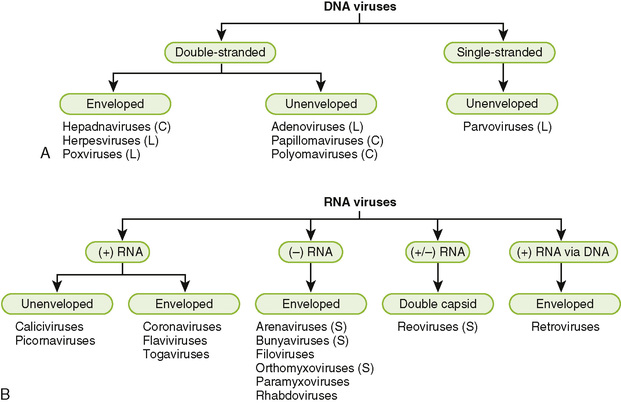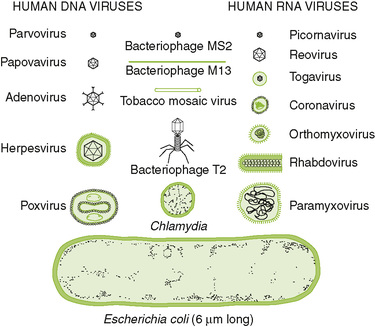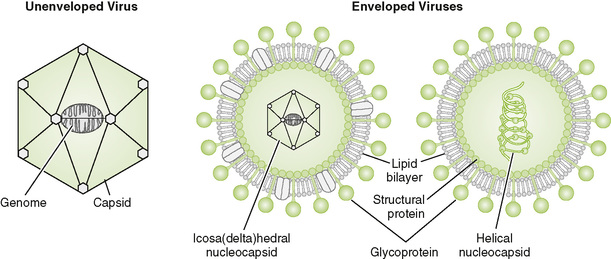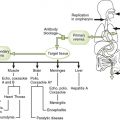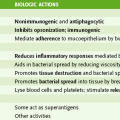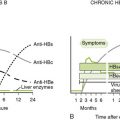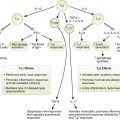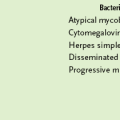Chapter 18 I Structure and Classification of Viruses 1. A virion, or viral particle, consists of a genome (DNA or RNA) packaged within a protein coat, the capsid, which may or may not be surrounded by a membrane envelope. 2. Essential enzymes or other proteins are carried within some viruses. 3. The major virus families can be classified based on their genome structure, size, and whether they are enveloped or not enveloped. • Found in the reoviruses, a (+/−) RNA genome, and in three families of (−) RNA viruses (orthomyxoviruses, arenaviruses, and bunyaviruses) • Consists of several pieces, or segments, each of which encodes at least one polypeptide • May undergo reassortment among genomic segments, yielding new virus strains, particularly in influenza viruses • In viruses that lack an outer envelope, the capsid enclosing the genome forms the outer layer of the virion. • Icosahedral capsid is found in many simple viruses (e.g., picornaviruses); shape approximates a sphere with 12 vertices. • Icosadeltahedral capsid is found in larger viruses (e.g., herpesviruses); shape is similar to a soccer ball. • Helical capsid is found inside most viruses with (−) RNA genomes (e.g., paramyxoviruses). 3. Capsid components recognize and bind to cell surface receptors on host cells. • Important differences between nonenveloped and enveloped viruses are summarized in Table 18-1. TABLE 18-1 Nonenveloped (Naked) Versus Enveloped Viruses
Viral Structure, Classification, and Replication
Property
Nonenveloped Viruses
Enveloped Viruses
Components
Proteins
Phospholipids, proteins, glycoproteins ![]()
Stay updated, free articles. Join our Telegram channel

Full access? Get Clinical Tree

 Get Clinical Tree app for offline access
Get Clinical Tree app for offline access

